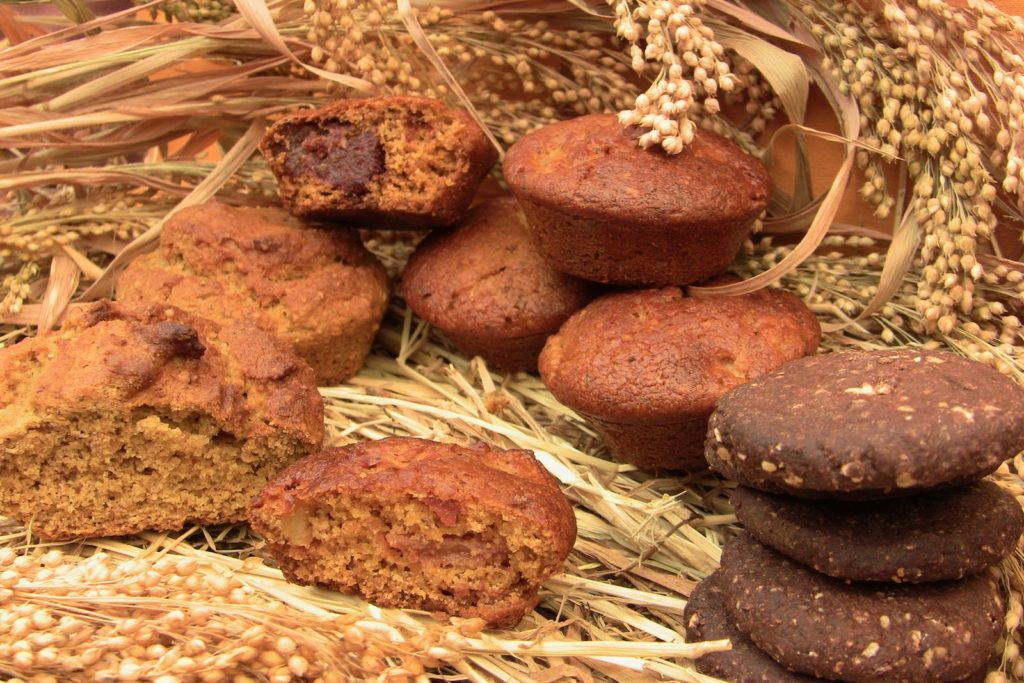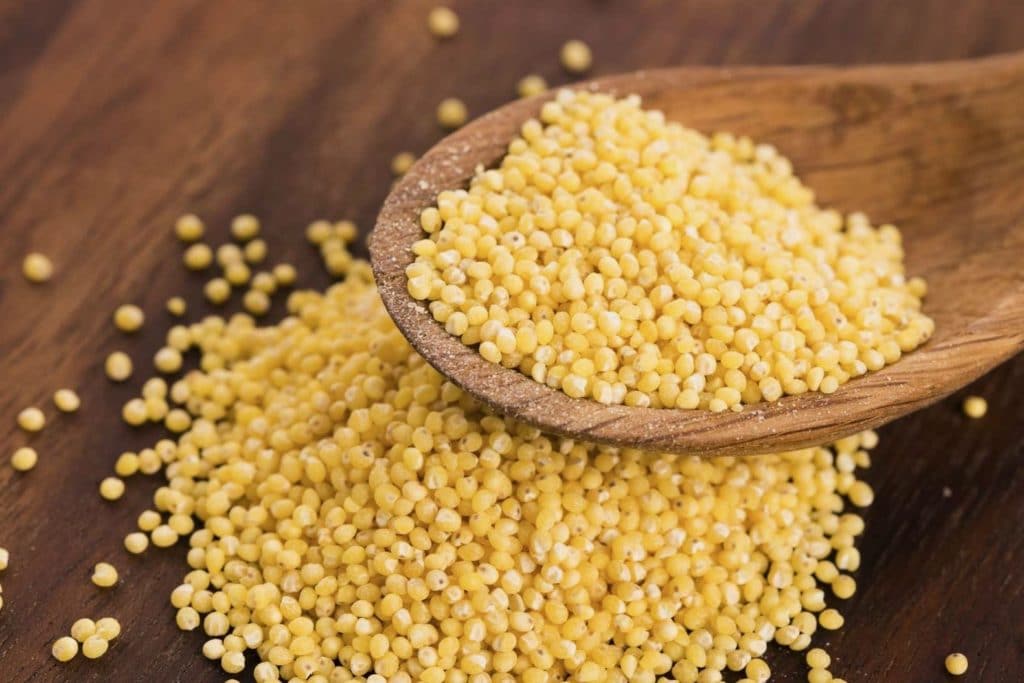Martine Dugué is the founder of the Terra Millet association. Passionate about the history of millet, she studied cereals for many years and promoted the French industry through her work with producers.
In the beginning, was the millet
Millet, although little known today, is far from being the latest cereal. To be quite fair, we should even speak of millets in the plural, as there are so many varieties. These small-seeded grasses have been present in fields since the earliest civilizations.
Martine Dugué says: “ Millet has always been a staple food. The first noodles were made from millets, 2000 years BC! In France, it was the third most cultivated cereal in the interwar period”, in particular in Vendée and in the Landes de Gascogne.
After the Second World War, the French were in search of novelty whereas the millet recalled the old days and the life in the past. “There has been no effort to maintain the production of millets and minor grains. The sector was not organized and priority was given to imports, which were cheaper,” explains Martine Dugué. The millet was thus gradually forgotten, giving way to imports of wheat, corn and rice, which were more profitable economically.
In Africa and Asia, the great historic lands of millet, populations have gradually abandoned millets in favour of other cereals, following the Western model. Martine Dugué, who has spent many trips in India, testifies:
“Before, the Indians also offered millets to the gods. Now, they only offer them rice, convinced that the gods will be more satisfied with this so-called superior food. This abandonment has catastrophic repercussions on the country’s food sovereignty.”

Millet, a key to the future
However, these grasses have many advantages and would benefit from being brought up to date. They can be grown anywhere, require very little water and inputs, and are content with poor soil, unlike other grains. Some producers even cultivate millet with buckwheat, the marriage of these two cereals making it possible to cope with the vagaries of nature.
In a world that is warming up, that will run out of land and energy, and where water resources tend to decrease, millets could be a real solution to food challenges. For the founder of Terra Millet, rather than modifying crops according to the changing climate, “we have to go towards foods that are already adapted to drought, it is a matter of common sense.”
In addition to ecological issues, millet has many nutritional benefits. It is gluten-free and is therefore suitable for people with celiac disease. It is also rich in vitamins and minerals, calcium, magnesium, phosphorus, silica, manganese, zinc, iron, etc.
The return of millet made in France
This hopeful cereal is slowly making its appearance again in French fields, particularly in Vendée.
Millet responds to a certain desire to return to traditions and to a growing demand for food diversification, including more cereals and legumes.
It is also very interesting for organic producers in the context of land rotation. Buying millets grown in France is also an act of support for local production. It contributes to relocate the sector and to support producers who seek to diversify their production and develop summer cereal crops.

From the field to the plate
If the millet has always been consumed by vegetarians, it is gradually regaining its place on the plates of the French, especially among people allergic to gluten.
Millets exist in different forms (grains, crushed, flakes, flour) from which many recipes can be imagined, both savoury and sweet.
It can be eaten grilled to season a dish, as a porridge, as a pancake or even as a gratin. It goes well with all vegetables and can replace rice or semolina in some preparations.
Millet flour is used to prepare bread, galettes, pancakes or cakes.
We offer a selection of recipes to discover millet:
Savoury recipes (Terra Millet)
Millet semolina, caramel sauce and buckwheat streusel (Noodles with compote)

Good to know: Before embarking on a recipe based on millet flour, know that it is more absorbent than rice or buckwheat flour and that it does not have the same bread-making qualities as wheat. This is why it needs more liquid and can be mixed with other flours.
Thank you to Martine Dugué for answering our questions and sharing her passion for millet for the preparation of this article.
Thanks to Pauline Limouzin, author of the blog Les nouilles à la compote for her contribution to the preparation and writing of this article.
Translated by Malvika Kathpal





